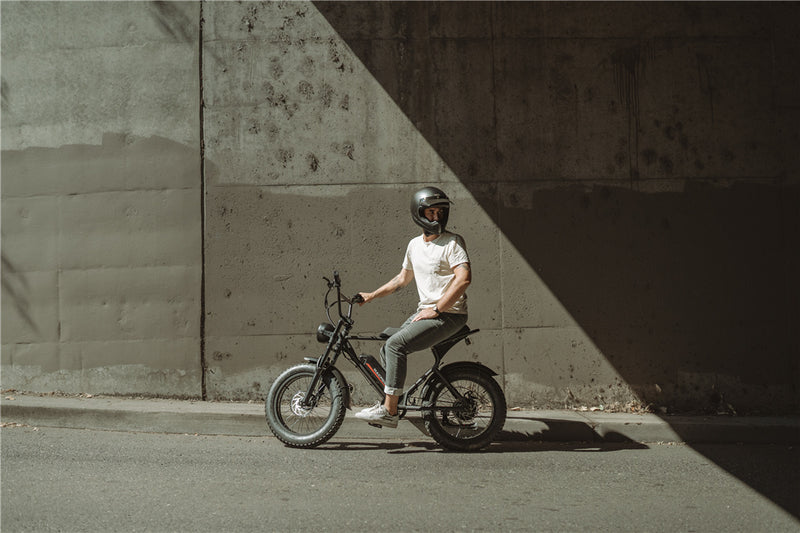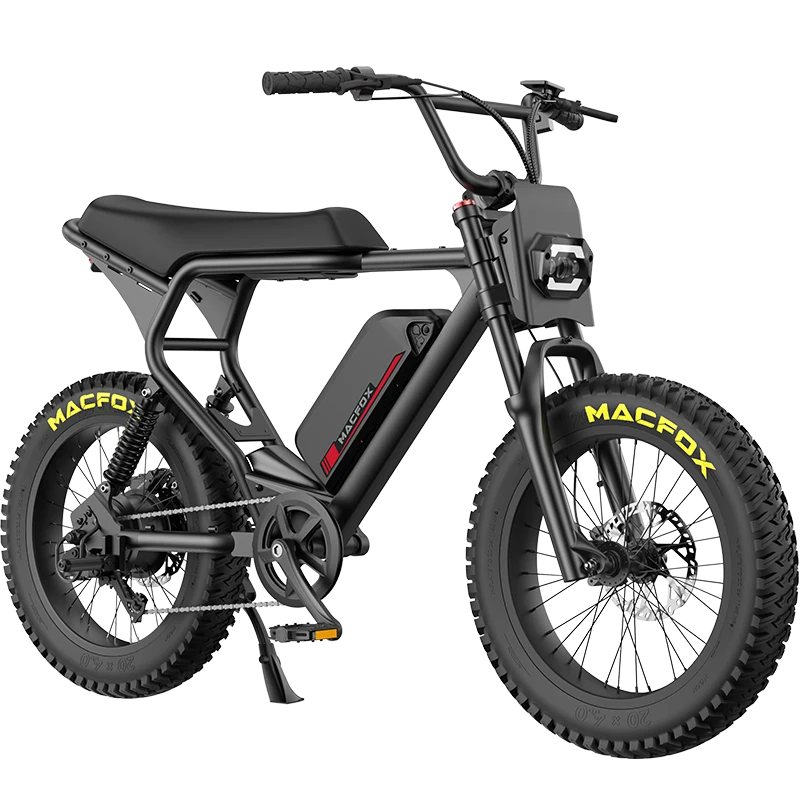E-bike tuning has become a topic among biking enthusiasts looking to amp up their riding thrills.
As ebikes gain popularity, riders are exploring ways to ramp up their bikes' performance for faster speeds and improved efficiency.
Yet tweaking e-bikes presents its set of hurdles, including safety considerations.
This article offers a roadmap on not-so-legal methods for tuning e-bikes and empowering riders to make well-informed choices while weighing the possible advantages and drawbacks.
Understanding E-Bike Speed Limits

In regions like the United States and Europe, electric bikes—commonly known as e-bikes—are typically capped at a speed of 25 kilometres per hour (km/h).
These speed restrictions are in place to ensure rider safety and comply with traffic laws.
Going beyond this threshold often means relying on pedal power without an electric boost.
However, this restriction can annoy e-bikers seeking velocity, especially on straight stretches where traditional cyclists can easily outpace the 25 km/h barrier. In countries, various types of bicycles, like S-Pedelecs, are permitted to reach higher speeds of up to 45 km/h. However, this comes with additional rules and regulations that must be followed.
Understanding these speed limitations and their impacts is essential for any electric bike enthusiast who is thinking about customizing their ride.
Legal Customization Choices
Legal customisation options are available for individuals looking to enhance their bike bike performance within the confines of the law.
One popular technique involves adjusting the chainring to alter the gear ratio. This adjustment can boost torque and power delivery, making the bike more effective on various terrains.
Another simple tweak involves optimizing tyre pressure. Maintaining tyre inflation levels can decrease resistance, leading to smoother and quicker rides.
Proper battery maintenance is also key. Keeping the battery at a charge level can extend its lifespan and ensure peak performance.
For example, lithium-ion batteries commonly found in bikes perform best when kept at a charge level and should not be completely discharged.
These lawful modifications can enhance the riding experience without infringing on regulations or compromising the bike's integrity.
Read more: Can We Drive Electric Bike Without License
Illegal Tuning Methods
While there are methods to boost e-bike performance, some riders resort to illicit means to circumvent speed restrictions.
These tactics can be effective. Carry risks.
- Chip Tuning: This involves installing a chip that tricks the bike's sensor system into underreporting speed, allowing the motor to provide assistance beyond the legal limit.
- Magnetic Adjustment: Tweaking or adding magnets to the speed sensor can manipulate the bike's speed reading, effectively surpassing the speed limit.
- Sensor Manipulation: Physically relocating or modifying the speed sensors' position can also trick the bike's control system into permitting speeds.
These approaches can propel e-bike velocities above the 25 km/h limit, at times reaching up to 50 km/h.
However, they also entail considerable dangers.

Risks and Consequences of Illegal Tuning
Engaging in modifications can result in legal and safety repercussions.
Legal Ramifications:
- Fines and Sanctions: Riders caught riding a modified e-bike may face fines. In some areas, riding a modified e-bike can result in a fine of up to $200 and points on your driving record.
- Concerns with Insurance: Altering a bike illegally can void insurance coverage. The rider may be held responsible for any damages or injuries if an accident occurs.
- Legal Ramifications: In some situations, unlawful modifications could lead to charges, such as driving a motor vehicle without a valid license, which could result in potential imprisonment.
Warm reminder: Macfox does not provide after-sales support for issues caused by illegal modifications.
Safety Concerns:
- Impact on Components: Modifying an e-bike to surpass its intended speed limit can accelerate wear and tear on parts like brakes not engineered for velocities.
- Heightened Accident Risks: Increased speeds can elevate the chances of accidents. The bike's structure and components may not be constructed to endure the strains of speeds, potentially causing malfunctions.
Manufacturers' Countermeasures
Various e-bike manufacturers have integrated software and hardware solutions to address illicit modifications.
For instance, Bosch has developed a system that identifies alterations and reacts by decreasing motor assistance and displaying error messages.
In some scenarios, the bike switches to an emergency mode that restricts speed until a technician resolves it.
These measures aim to safeguard riders and the public by ensuring e-bikes operate safely within limits.
Case Study: S-Pedelecs
S-Pedelecs presents a choice for individuals interested in achieving speeds within the bounds of the law.
These bicycles can reach speeds of up to 45 km/h and are categorized as mopeds according to traffic regulations.
This classification entails obligations;
- Helmet Requirement: Riders must wear helmets while riding S-Pedelecs.
- Registration: Special licensing reg, registration, and insurance are also necessary for operating S-Pedelecs.
- Usage Limitations: Restrictions may apply regarding where S-Pedelecs can be ridden. They must adhere to moped regulations.
While utilizing S-Pedelecs allows for access to increased speeds, it also involves navigating through regulatory requirements and incurring higher expenses.

Conclusion
Modifying e-bikes can enhance the riding experience; however, balancing speed preferences and legal safety considerations is essential.
Legal modifications such as adjusting chainrings, optimizing tyre pressure and managing batteries properly can enhance performance without violating laws.
Engaging in modifications poses risks, including potential legal consequences, safety hazards and insurance complications despite their effectiveness.
Manufacturers are progressively implementing measures to deter modifications. S-Pedelecs serve as a feasible alternative for those seeking ways to attain speeds. It's important to make wise decisions to fully enjoy the advantages of e-bike tuning while staying safe and secure.
FAQs
What are some legal ways to tune an e-bike?
Legal methods include adjusting the chainring, optimizing tire pressure, and proper battery management.
What are the risks of illegal e-bike tuning?
Risks include fines, voided insurance, legal penalties, and increased accident risk due to mechanical failures.
What is an S-Pedelec?
An S-Pedelec is a type of e-bike that can legally reach speeds up to 45 km/h but requires a license, registration, and a helmet.


















